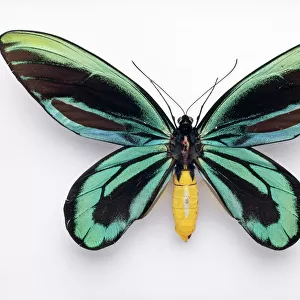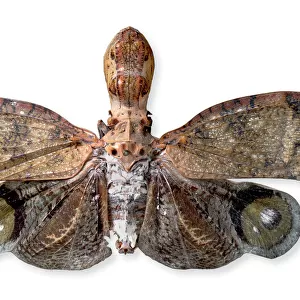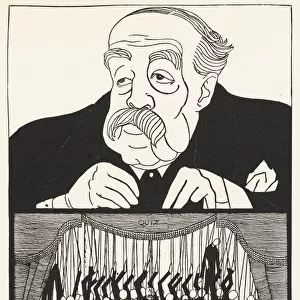Home > Animals > Insects > Butterflies > Related Images
Curtis British Entomology Plate 492
![]()

Wall Art and Photo Gifts from Mary Evans Picture Library
Curtis British Entomology Plate 492
Hemiptera: Livia juncorum (Rush Jumping-louse) [Plant: Lathyrus palustris (Marsh Vetchling)] Date: 1824-39
Mary Evans Picture Library makes available wonderful images created for people to enjoy over the centuries
Media ID 23039854
© The Robin Symington Collection/Mary Evans Picture Library
1820s 1830s Butterflies Butterfly Curtis Entomology Hemiptera Lathyrus Ledipotera Livia Marsh Palustris Rush Vetchling
FEATURES IN THESE COLLECTIONS
> Animals
> Insects
> Butterflies
> Related Images
> Animals
> Insects
> Hemiptera
> Related Images
> Mary Evans Prints Online
> New Images August 2021
EDITORS COMMENTS
This image is taken from John Curtis's seminal work, "British Entomology," specifically Plate 492, published between 1824 and 1839. The plate features the Rush Jumping Louse, scientifically known as Livia juncorum, in its natural habitat amongst the Marsh Vetchling, Lathyrus palustris. The Hemiptera, or true bugs, order is home to a diverse array of species, including the Livia genus. The Rush Jumping Louse is a small, jumping insect, characterized by its elongated body and powerful hind legs, which enable it to leap away from potential predators with remarkable agility. The insect's body is covered in a protective layer of fine hairs, giving it a velvety appearance. The Rush Jumping Louse is an herbivore, feeding on various plant species, including the Marsh Vetchling, which is depicted in the image with its delicate, pink flowers. John Curtis (1794-1862), a renowned English botanist and entomologist, meticulously documented this and countless other species in his extensive collection. The plates in "British Entomology" were produced under the supervision of the esteemed botanist Sir James Edward Smith, FLS, and were considered a significant contribution to the scientific community during the 19th century. This image offers a glimpse into the natural world of the 1820s and 1830s, providing a window into the intricate relationships between insects and their plant hosts. The Rush Jumping Louse and Marsh Vetchling are but two examples of the fascinating biodiversity that Curtis so diligently recorded in his groundbreaking work.
MADE IN THE UK
Safe Shipping with 30 Day Money Back Guarantee
FREE PERSONALISATION*
We are proud to offer a range of customisation features including Personalised Captions, Color Filters and Picture Zoom Tools
SECURE PAYMENTS
We happily accept a wide range of payment options so you can pay for the things you need in the way that is most convenient for you
* Options may vary by product and licensing agreement. Zoomed Pictures can be adjusted in the Basket.







